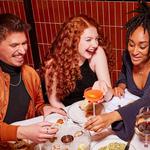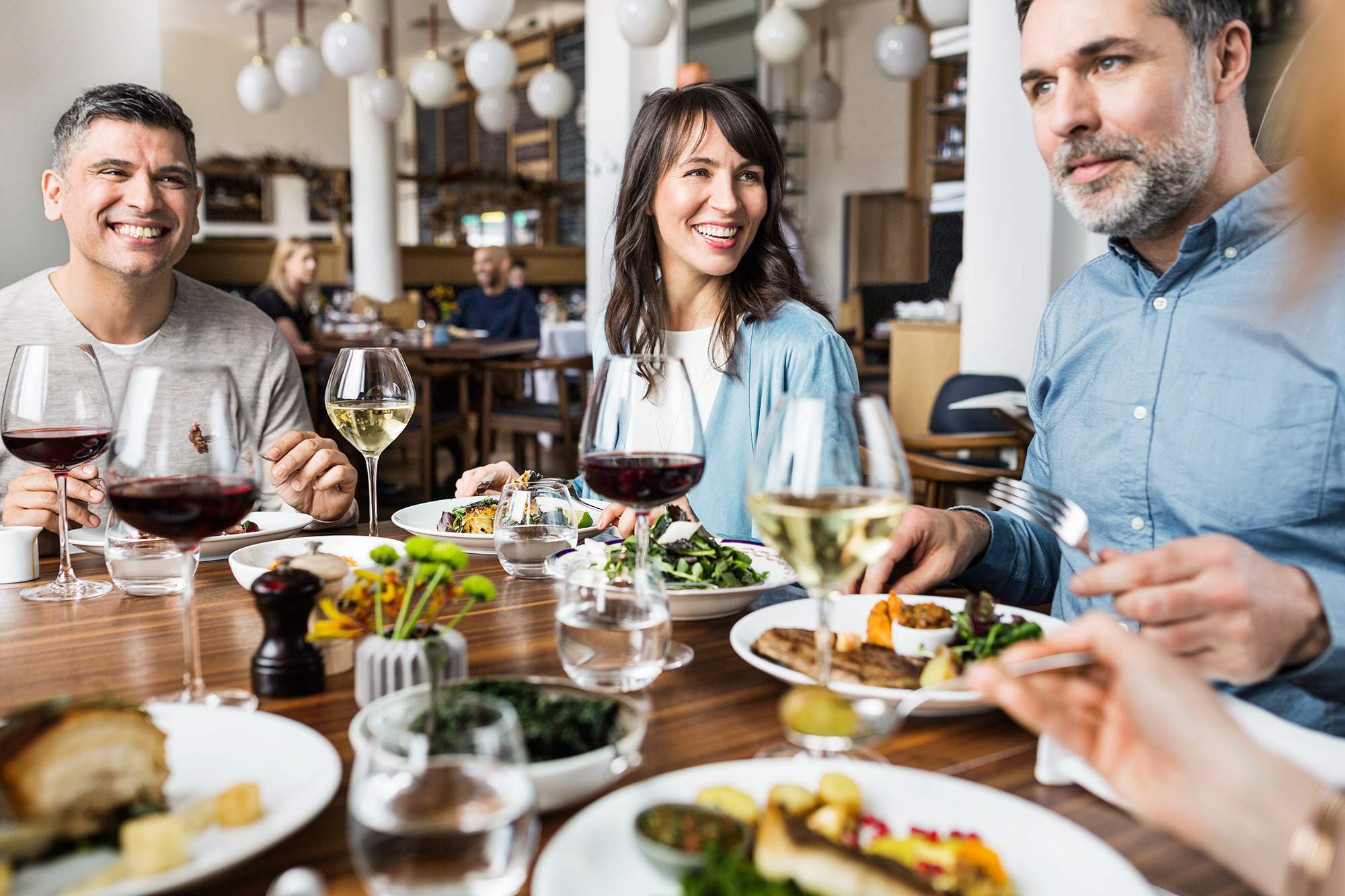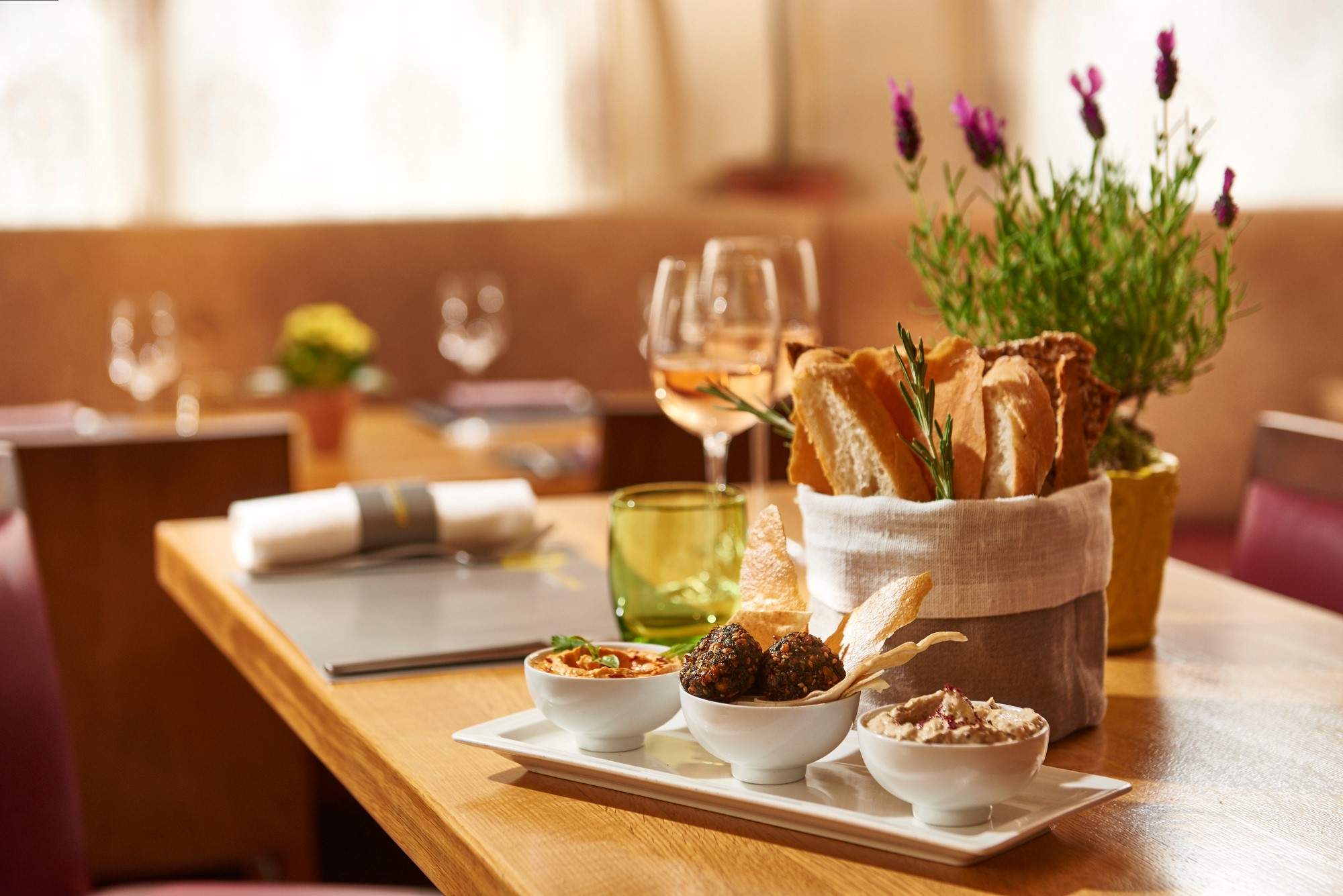Back in June, more than 45 of London’s big-name chefs descended on Regent’s Park for one of Europe’s ultimate restaurant festivals, Taste of London.
Something of a banquet ensued – Jose Pizarro dished up his popular squid ink croquettes, Pascal Aussignac showcased his duck foie gras doughnut, and Selin Kiazim earned some new fans with her crispy pomegranate glazed lamb breast. By the average visitor’s account, it was the quality of the dishes which told the story. But what’s the chefs’ versions of how things unfolded? Were they just as happy with their food? What worked, and what didn’t?
Innovation and clever twists were the stars
Looking at Pascal Aussignac and co., their takings speak for themselves. ‘At Club Gascon’, says Pascal, ‘the foie gras doughnut and the 72-hour rib of beef were great sellers, with amazing feedback.’ Then again, these were among the dishes you’d tip to do well. With others, there comes a fair degree of uncertainty. Take ‘seedless grapes coated with multi seeds and locust’, for example. But it transpired these new flavours and textures were curiosities for the Western palate. ‘The insects menu at the DS Automobiles stand – especially the wood ants – became a talking point at the show,’ says Pascal.
Even some of the dishes expected to woo the hungry punters – as they consistently do at their respective restaurants – weren’t ultimately seen the same way at Taste. Mango Tree manager Sine Kliangsin suggests that’s because Taste visitors are expecting more creativity with dishes, especially from a visual point of view, than they would otherwise at their restaurants.
‘This year,’ says Sine, ‘we bought our most popular dishes from both our restaurants. But the dish that really stood out was the Thai red curry with roasted duck, served in pineapple. [Director] Andrew Lloyd came up with the brilliant idea of serving this in a pineapple bowl – we had people come and buy them not only because of the great flavours, but also as they saw others carrying our pineapple dish around.’
There is no such thing as being too prepared
This year’s Taste of London was among the most popular of its recent iterations. Perhaps it was the clear skies – despite it being early British summer – which helped things run smoothly, at least from a customer’s perspective. From an exhibitor perspective, it provided a different set of challenges. ‘The beautiful warm weather was a challenge for delivering food with consistency’ says Pascal. Chefs were certainly under pressure to adapt to the large turnout, as Señor Ceviche’s head of marketing and events manager, Alastair Gallichan, tells us.
‘Due to the overwhelming success of Taste this year, we had to prep a lot more of our dishes during the course of the event,’ says Alastair. ‘This meant cooking at night for the following days so that even more people could sample our food.’ Even with the additional prep, Alastair says his biggest takeaway was that he wished they’d prepped even more – could an extra few pairs of hands behind the pass, for example, have helped the process along?
As for other exhibitors, Pascal says his menu would have looked different if he’d had a clearer idea of what exhibitors would be placed where. ‘I might not have done a macaron as a pudding if I had known Pierre Hermé was going to be located next to us,’ he says. Sine, meanwhile, thinks she could have thought more about Mango Tree’s active marketing during the event. ‘We learned that we could attract more people with a fun way to advertise our stand, like using upbeat music and fun quote cards for people to take pictures with and post in their social feeds,’ she says.
The bottom line
Seeing as Taste of London has run a dozen of summer events over the years, there’s a certain expectancy to continually offer something fresh or different each year. Given the feedback from this year’s attendees, hopefully chefs and restaurateurs can do enough to make sure things stay that way.



